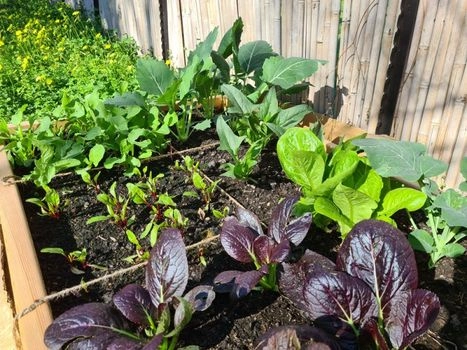In the world of sustainable gardening, the focus on native plants has gained significant traction due to their numerous ecological benefits. Native plants are species that have naturally evolved in a specific region and have adapted to the local climate, soil, and wildlife. By incorporating these plants into your garden, you contribute to a healthier ecosystem while reducing the need for chemical fertilizers and pesticides. One of the primary advantages of native plants is their ability to thrive with minimal intervention. They are wellsuited to local conditions, requiring less water and maintenance than nonnative species. This is particularly important in areas prone to drought, where conserving water is a priority. By selecting native plants, gardeners can create lush, vibrant landscapes that are both beautiful and environmentally friendly. Native plants also play a crucial role in supporting local wildlife. They provide essential habitat and food sources for a variety of creatures, including birds, butterflies, and beneficial insects.

For instance, many native flowering Garden plants produce nectar that attracts pollinators, which are vital for the reproduction of many garden crops. By cultivating a diverse array of native species, gardeners can create a thriving ecosystem that promotes biodiversity. Furthermore, native plants help to improve soil health. Their deep root systems can enhance soil structure and promote better water retention, reducing erosion and runoff. This is especially beneficial in areas with heavy rainfall, where native plants can help absorb excess water and prevent flooding. Additionally, some native species are known to fix nitrogen in the soil, enriching it naturally and reducing the need for synthetic fertilizers. Incorporating native plants into your garden can also reduce the risk of pest problems. Many nonnative plants can become invasive, outcompeting local species and disrupting the balance of the ecosystem. Native plants, on the other hand, have evolved alongside local pests and diseases, making them more resilient to these threats.
By choosing native species, gardeners can create a more balanced garden environment that naturally deters pests, thus minimizing the need for chemical interventions. Moreover, native plants contribute to the aesthetic appeal of a garden. They offer a diverse range of colors, shapes, and sizes, allowing gardeners to create stunning landscapes that reflect the natural beauty of the region. From wildflowers to shrubs and trees, there is an abundance of native species to choose from, each adding its unique charm to the garden. In conclusion, discovering the best native plants for sustainable gardening practices is an essential step towards creating an eco-friendly landscape. By selecting plants that are welladapted to the local environment, gardeners can reduce their water usage, support local wildlife, improve soil health, and create visually appealing gardens. As the demand for sustainable gardening continues to grow, embracing native plants will play a pivotal role in fostering a more resilient and biodiverse ecosystem.
